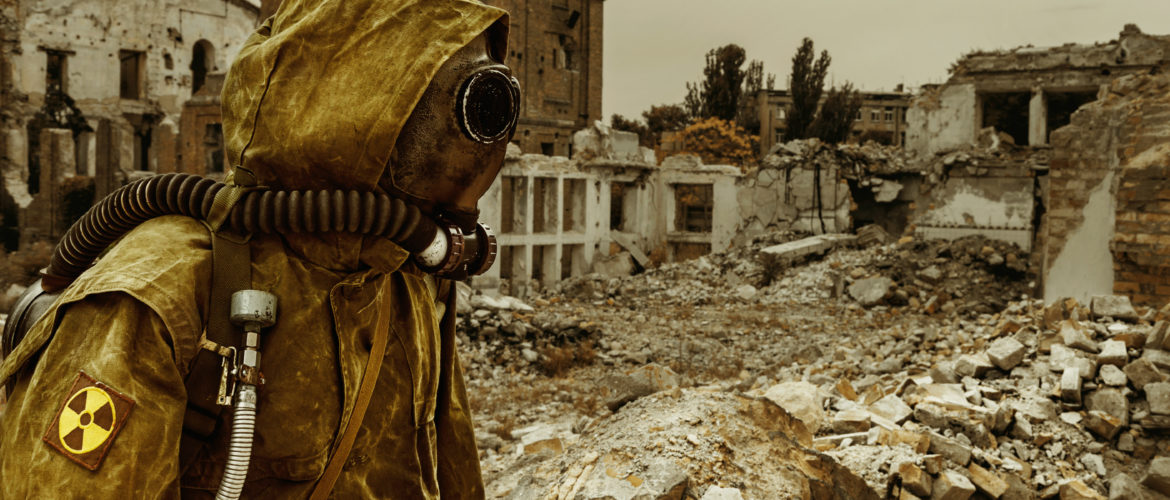James Macon, M.Ed., BCBA
Roger Fisher was not a behavior analyst. He was a veteran of WWII, and a law Professor at Harvard, among other things. So why is he appearing in a blog post about behavior analysis? Turns out Fisher knew a thing or 2 about response effort, which he tried to leverage to improve humanity. Coincidentally, he also starting teaching at Harvard in 1958, the same year B.F. Skinner did.
Having experienced the horrors of World War II, Fisher spent his career trying to make the world a safer place. He was an expert in conflict negotiation, and went on to found the Harvard Negotiation Project. In the late 1970’s and early 1980s, as the threat of nuclear war with the Soviet Union became more and more real, Fisher became concerned that the response effort to start a nuclear war was too easy. All a sitting president had to do was request the launch codes from an accompanying officer, and he could, with a press of a button, start a nuclear war. In 1981, Fisher published an article in the Bulletin of Atomic Scientists proposing a novel way to reduce the risk of nuclear war: put the nuclear launch codes inside a capsule, and embed within a human chest. The President would have to kill that man first before being able to retrieve the launch codes and start a nuclear war. Here’s an excerpt:
“There is a young man, probably a Navy officer, who accompanies the President. This young man has a black attaché case which contains the codes that are needed to fire nuclear weapons. I could see the President at a staff meeting considering nuclear war as an abstract question. He might conclude: “On SIOP Plan One, the decision is affirmative, Communicate the Alpha line XYZ.” Such jargon holds what is involved at a distance. My suggestion was quite simple: Put that needed code number in a little capsule, and then implant that capsule right next to the heart of a volunteer. The volunteer would carry with him a big, heavy butcher knife as he accompanied the President. If ever the President wanted to fire nuclear weapons, the only way he could do so would be for him first, with his own hands, to kill one human being. The President says, “George, I’m sorry but tens of millions must die.” He has to look at someone and realize what death is—what an innocent death is. Blood on the White House carpet. It’s reality brought home. When I suggested this to friends in the Pentagon they said, “My God, that’s terrible. Having to kill someone would distort the President’s judgment. He might never push the button.“
Fisher was advocating that by increasing the response effort to engage in nuclear war, we would, in fact, make the world a safer place. Pushing a button to start a nuclear war is pretty simple; having to hack another man open to start a nuclear war is exceedingly more heart wrenching and difficult.
Response Effort to Start a Nuclear War
| Before | Behavior | After | Response Effort |
| No nuclear Armageddon | Push a button | nuclear Armageddon | Low |
| Before | Behavior | After | Response Effort |
| No nuclear Armageddon | Kill volunteer to
retrieve nuclear codes |
nuclear Armageddon | High |
If America were at war, it would be a highly aversive situation. Potentially hundreds of thousands of Americans would be at risk of death. The President would be highly motivated to end this theoretical conflict. And the use of nuclear weapons would naturally be a powerful bargaining chip to achieve this outcome. From Fisher’s perspective though, the use of nuclear weapons would instantly guarantee the demise of millions of innocent people and should be reserved as a last resort (few would argue this point). Despite this, the countless deaths from a nuclear war would remain largely abstract– the President would not have to experience any of it directly. Theoretically, he would want to avoid it… but there would be no immediate punishment contingency that would make it immediately aversive. His point was if we can increase the response effort to start nuclear war, it would remain less likely.
Punishment Contingency
| Antecedent | Behavior | Consequence | Contingency |
| Will not have to butcher a volunteer | Retrieve nuclear launch codes | Will have to butcher a volunteer | Punishment |
Theoretical Punishment Contingency
| Antecedent | Behavior | Consequence | Contingency |
| Will not have to push a button | Activate nuclear launch codes | Will have to push a button | Theoretical punishment |
If starting a nuclear war is bad, what’s the more appropriate response? Peaceful resolution of course, which was Fisher’s specialty. He was recommending an antecedent modification strategy that would reduce the likelihood of nuclear war, while concurrently promoting a more appropriate response of peaceful negotiation.
| Establishing Operation | Antecedent | Behavior | Consequence |
| America is at war | Military conflict | Peace negotiations | End of conflict |
| America is at war | Military conflict | Nuclear War | End of conflict |
Fortunately for the world at large, there was no nuclear war between the United States and the Soviet Union. Still, Fisher’s recommendation provide for an interesting analysis beyond the Skinner Box, and certainly beyond autism. As ABA continues to receive more and more recognition for our contributions to society, our skillsets should no doubt be leveraged in other novel ways to help the human condition.

